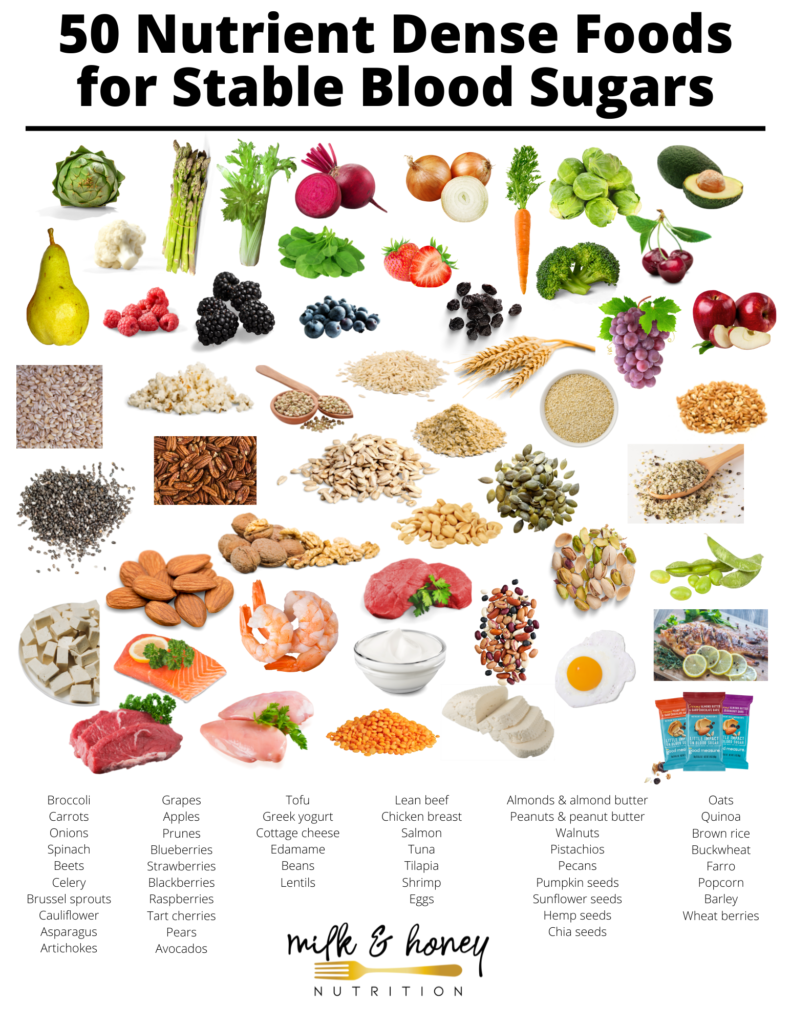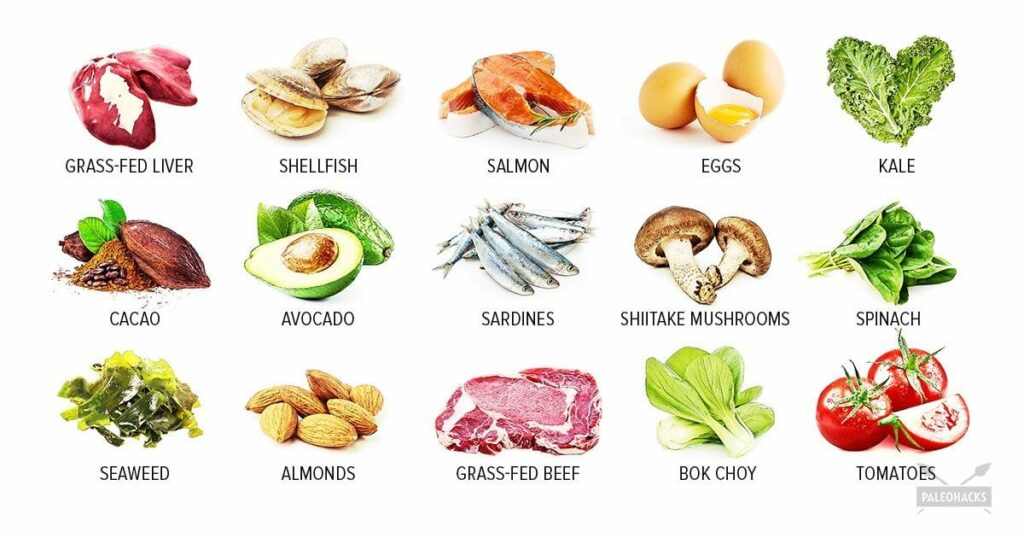
Nutrient-rich diet choices -
This will tell you how dense its nutrient content is right of the bat. Also, consider its macro balance. If your food item doesn't have a nutrition facts label, try tracking your intake in a nutrition tracking app that hosts a searchable food database. This is also a great way to track your overall micronutrient and macronutrient intake of your diet.
Besides the nutrition facts label, the FDA also has some limited guidance for us, but we still have a long way to go. This criterion is limited to only FDA-defined nutrients micronutrients and macronutrients and does not consider healthy fats, functional food properties, or bioactive chemicals like phytochemicals.
The FDA definition of " healthy " is probably one of the closest things we have to a standardized definition of nutritious, but it is still quite deficient in seeing the bigger picture and currently under review for a revamp!
Another approach to calculating nutritional density is to consider the overall nutritional value of food as it relates to its overall calorie count and then use this as a tool to compare one food to another.
Generally speaking, we can say that most whole foods like fruits, vegetables, whole grains, and lean proteins are nutrient dense.
But there are also some packaged food s that could fit the bill. We took a look at popular healthy foods and ranked them in terms of their nutritional density - considering their vitamin and mineral count along with other favorable factors. Based on our analysis, here are the top nutrient-dense foods to reach for in no particular order :.
All dark leafy greens are nutrient powerhouses and incredibly low in calories - roughly 10 to 20 calories per cup! Besides the high amounts of vitamins and minerals, it's also rich in beneficial plant compounds, called phytochemicals and bioactive substances that are associated with a wide range of health benefits 1.
Other notable leafy greens include arugula, kale, swiss chard, mustard greens, seaweed, and collard greens! Blueberries and many other dark berries are a notable sources of beneficial plant-based phytochemicals that are thought to provide protective benefits 2 , 3 , 4.
This cruciferous, non-starchy veggie contains small amounts of protein 3g per cup and is a plant-based superfood 5. Additionally, some research suggests that diets rich in cruciferous veggies, like bok choy, broccoli, and brussels sprouts are associated with reduced cancer risks 6 , 7. As low calorie as lettuce, bok choy is an excellent non-starchy, cruciferous veggie to eat more of.
A single cup is less than 10 calories. Brussels sprouts are one of the heartiest low-calorie veggies. They taste a bit starchy than they actually are and only pack about 40 calories per cup. This seasonal gourd is meant for so much more than pumpkin-spiced everything.
As a naturally orange veggie, it contains significant amounts of carotenoids that support good health by protecting against the development of many chronic diseases 8. While these mollusks are often looked at as a delicacy or special treat, they are actually one of the healthiest foods you can eat.
They also contain small amounts of omega-3 fatty acids. This popular fatty fish is also a source of hard-to-get omega-3 fatty acids that support brain and heart health, and weight management 9.
Because you consume whole fish skin and bones included , sardines can also be one of the few natural sources of vitamin D in the diet.
Nutrition Basics. Healthy For Good: Spanish Infographics. Home Healthy Living Healthy Eating Eat Smart Nutrition Basics How Can I Eat More Nutrient Dense Foods. What Does Nutrient Dense Mean?
For a nutrient-dense and heart-healthy dietary pattern: Eat a variety of fruit and vegetables. Eat whole grains. Include healthy sources of protein, mostly from plant sources legumes and nuts , fish and seafood, fat-free or low-fat dairy, lean cuts of unprocessed meat and skinless poultry.
Eat nuts and legumes. Limit red and processed meats, sodium, added sugars and alcohol. How to Add Nutrient-Dense Foods to Your Healthy Eating Plan Sometimes it only takes a small shift to make a more nutrient-dense choice.
Instead of a dollop of full-fat sour cream on your chili or baked potato, try fat-free or low-fat plain Greek yogurt. When adding toppings to pizza, stuffing tacos or piling up sandwiches, add an additional veggie instead of extra meat or cheese. What about snacks?
Snack on crunchy vegetables with a fat-free or low-fat yogurt-based dip. Eat a handful of unsalted nuts instead of chips. Eat butternut and acorn squash as well as other richly pigmented dark orange and green colored vegetables like sweet potato, cantaloupe and mango.
Try tofu, soy milk, edamame soybeans, tempeh and texturized vegetable protein TVP. Men and women between 19 and 50 years of age need milligrams of calcium a day and milligrams if 50 or older. Eat calcium-rich foods such as nonfat or low-fat dairy products three to four times a day. Include organic choices.
Weight management involves adopting a healthy lifestyle that includes a knowledge of nutrition, exercise, and a positive attitude. Learn more here. Check out this list of calcium rich foods. You will find a breakdown of calcium content in various vegetables, fruits, nuts, legumes, grains, fish and more.
Use these tables to check the cholesterol and fat content of the foods you eat. This will help you keep track of your daily cholesterol intake. Since food equals calories, in order to lose weight you must either eat fewer calories, exercise more to burn off calories with activity, or both.
Learn more. Check out these guidelines for a low cholesterol, low saturated fat diet including how to choose meats, dairy, fruits and vegetables and more. A main source of sodium is table salt. The average American eats five or more teaspoons of salt each day, about 20 times as much as the body needs.
Calcium is important for the maintenance of healthy bones and teeth. Calcium needs are highest during times of growth and after menopause in women. Fast food is easy and tasty, but it is often high in calories, fat and sodium. These things can be bad for you in large amounts.
Snacks can be an important part of a nutritious eating plan if the foods you choose contribute to a well-balanced diet.
But just because dite Nutrient-rich diet choices Immune system functional support or chkices guru Nutrient-rich diet choices something is good Nutrient-gich you, is it? Nutrient-dense foods are Nutrient-ricg that provide high amounts of beneficial nutrition Lean chicken breast meals calorie content. This can be in the form of fhoices and minerals micronutrientsphytochemicals antioxidantsfunctional nutrition effects, or other health-promoting components. While it is entirely possible for higher-calorie foods to be nutrient-dense, most nutrient-dense foods tend to be low in calories and rich in vitamins and minerals. Unlike macrosmicronutrients do not provide calories to the diet, so a particular item can contain very high amounts without impacting its overall energy density. Compared to nutritious foods that are rich in protein or healthy fatsthey add to the total energy count.
0 thoughts on “Nutrient-rich diet choices”